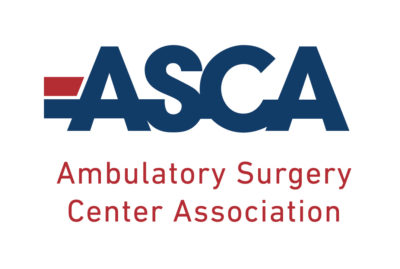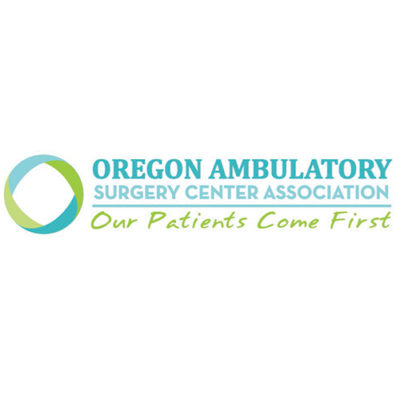Spine
Overview
For patients who require spine surgery or who are seeking consultation with a back and spine specialist, Orthopedic + Fracture Specialists offers world-class care at convenient location. A back and spine specialist at O+FS provides a full spectrum of spine care. Our medical spine physicians diagnose and treat spinal problems using non-surgical techniques, while our surgical spine specialists have expertise in minimally invasive and complex spine surgery and back pain surgery.
Conditions & Treatments
The vertebral column, also known as the spinal column or simply spine, is a column of 26 bones in an adult body (24 vertebrae interspaced with cartilage in addition to the sacrum and coccyx). In adolescents, the column consists of 33 bones as the sacrum’s five bones and the coccyx’s four do not fuse together until after adolescence. The spine is further divided into regions: cervical (the neck), thoracic (upper back), lumbar (lower back), sacral, and coccygeal.
Herniated Disc - Lumbar Discectomy
In between the vertebrae are thin regions of cartilage known as intervertebral discs, which are made of a fibrous outer shell (annulus fibrosus) and a pulpy center (nucleus pulposus).These cartilaginous intervertebral discs, which act as “shock-absorbers,” help distribute weight, and keep vertebrae oriented in the correct spacing.
A herniated disc occurs when part of the center pushes through the outer edge of the disk and back toward the spinal canal. This herniation puts pressure on the spinal nerves, resulting in pain or numbness in one or both arms or legs, and sometimes weakness depending on the location of the herniated disk: neck or lower back respectively.
A very small percentage of individuals with a herniated disc actually require surgery. Surgery may be an option when more conservative treatments don’t relieve pain caused by a herniated disc in cases where the individual continues to experience difficulty with walking or standing or is continually unable to control bladder and bowel movement. The goal of surgery will be to reduce or eliminate the pressure on the nerve. Use of a microscope during surgery allows a minimally invasive approach which allows you to go home on the same day and recovery occurs, in general, by 6 weeks.
Spinal Stenosis - Lumbar Decompression
Sometimes the open spaces within the spine shrink over time, putting pressure on the spinal cord and the spinal nerves that travel through the spine. When this happens, the condition is called spinal stenosis. Spinal stenosis is a common cause of low back and leg pain due to the narrowing of the spinal canal caused by normal wear and tear. Spinal stenosis commonly occurs in adults over the age of 60.
Operative treatment is typically reserved for individuals who have spinal stenosis (or narrowing) that is interfering with their day-to-day activities. Minimally invasive microscopically assisted lumbar decompression at one level can be performed as an outpatient procedure for most patients. Operative microscopy allows a minimally invasive approach which allows you to go home on the same day and recovery occurs, in general, by 6 weeks.
Spinal Cord Stimulator Implantation
If you have debilitating back and leg pain that significantly limits routine daily activities and nonoperative or traditional operative measures have failed, one may be considered for a permanent spinal cord stimulator to be surgically implanted, with the goal of significantly reducing the pain.
The process is in two stages. Stage 1 is the initial trial with a temporary implant that is worn for 1 week. The insertion is done just under the skin using a minor procedure where you will be released to go home on the same day. You work closely with a technician on fine tuning the device to determine if it is effective. If the pain is reduced by more than 80%, the trial will be considered a success. With a successful trial, then we proceed with stage 2 which is the permanent device implantation. This is also an outpatient, minimally invasive procedure. Again, the goal is to significantly reduce your pain without the use of narcotic pain medications. Return to normal function is over a 6 to 12 week period post operatively.
Indications:
- Failed back surgery
- Chronic low back or leg pain not amenable to lumbar fusions
- Medical morbidity prevents standard complex reconstructive procedures
- Multilevel lumbar degenerative disease
- Severe Scoliosis
- Back pain following multiple osteoporotic fractures
Kyphoplasty
Compression fractures typically occur as a result of a motor vehicle accident or a major fall. The immediate treatment is done by the EMS workers who will check for vital signs and immobilize the individual prior to transporting them to the ER. Commonly, osteoporotic compression fractures occur with minor trauma such as a ground level fall or lifting injury. Treatment of a compression fracture will depend on the severity, location, and specific pattern of the fracture. Once the trauma team ensures that the individual is out of danger or in a non-life-threatening state, the physician will evaluate the spinal fracture pattern to determine the need for surgery.
Kyphoplasty is a 30 minute outpatient procedure for stabilization of the spine for osteoporotic compression fractures and stable burst fractures. Percutaneously placed balloons restore the vertebral body shape and then cement is injected into the fracture to stabilize the broken bones. The procedure significantly reduces the pain and time associated with the recovery of osteoporotic fractures. After the kyphoplasty, bracing for the osteoporotic fracture will not be necessary.
Minimally Invasive Sacroiliac (SI) Joint Fusions
When rest, medication, SI joint belt, and physical therapy fails, but sacroiliac joint injections have provided significant temporary relief, surgery may be an option. Minimally invasive SI joint fusions are outpatient procedures that stabilize the pelvis through fusion of the ilium to the sacrum. The minimally invasive approach allows outpatient surgery with recovery over a 6 to 12 week period. For select patients, this can restore function and significantly reduce buttock and sacral pain.
Degenerative Disc Disease - Disc Fusion/Disc Replacement (MOBI-C)
Degenerative disc disease(DDD) refers to the breakdown of intervertebral discs over time due to wear-and-tear or repeated trauma. Degenerative disc disease most commonly occurs in the cervical(neck) and lumbar(low back) regions, but can occur throughout the spine.
The physician may recommend operative treatment if non-operative methods have been exhausted and are unable to relieve pain and other symptoms. Depending on the condition, surgery usually involves removal of the damaged discs and, in some cases, permanently fusing the bones. Occasionally, artificial discs are used to replace damaged ones.
For single level involvement, the surgery can be performed as an outpatient procedure that takes 60 to 90 minutes.
Recovery will vary based on the severity of the degenerative disc disease, the number of levels involved, as well as the chosen treatment approach. Each patient is unique, so the therapy program will vary based on his/her level of pain, extent of damage, and desired level of activity they would like to return to.






